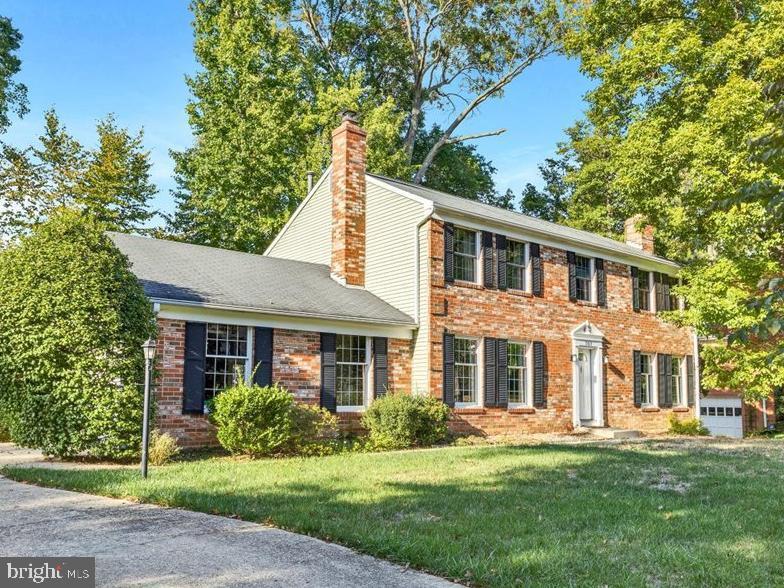Developing a Winning Strategy for Your Offer: Insights from a Buyer’s Agent
When a buyer’s agent says, “we need to develop a strategy for making an offer,” it’s much more than just selecting a price and submitting a bid. Particularly in competitive real estate markets like those in Virginia, Maryland, and Washington D.C., where multiple offers on a single property are common, a strategic approach is essential for standing out.
In the case of buyers looking to downsize pre-retirement, who are using equity from their long-term home to purchase their next property, there are multiple factors to consider when crafting a winning strategy. Let’s walk through a scenario to understand how the strategy is developed and what it entails.
The Buyers’ Needs
These buyers are looking for a home that fits their changing lifestyle, with both needing office space to accommodate remote work. A garage is also important, and while they don’t prioritize a specific locality within the VA/DC/MD area, they need a home that has space for a guest or adult child to visit.
They’re not in a rush, as they have an offer on their current home and a 45-day rent-back, which allows them time to transition smoothly. However, in this particular case, they are competing with 20 other offers for a property, many of which likely come from flippers or DIY families.
Understanding the Competition
A key part of developing a strategy involves understanding who is likely to bid on the property and their motivations. In this case, the property is likely attractive to two types of buyers: flippers and DIY families. Both have distinct approaches, and knowing this helps guide our offer.
1. Flippers: Flippers aim to purchase homes at a low price, invest in repairs, and resell the property at a higher value (after repair value or ARV). They typically look for a 30% profit margin to justify their investment. Therefore, their offer is limited by this formula: Sale Price + Cost of Repairs + Time/Cost of Money = ARV. If their estimated profit dips below their threshold, they will likely pass on the property.
2. DIY Families: These buyers are interested in homes they can customize to fit their family’s needs. They might be more emotionally invested in the property, which could push them to offer a higher price than a flipper, though they may also be constrained by renovation budgets.
Crafting the Strategy
The main goal is to make it difficult for flippers to meet their profit goals while still submitting an offer the buyers are comfortable with. To achieve this, the agent will:
1. Run Comparables (Comps): The first step is to assess what similar homes in the area have sold for. This helps determine a reasonable offer price and what other types of buyers (FHA, FHA 203, VA) might offer.
2. Use the Flipper Formula: By calculating the maximum price a flipper can offer while maintaining their 30% profit margin, the buyers can submit a higher bid that exceeds the flipper’s limit, making the property less appealing to them.
3. Add a Buffer: To further lock out high-risk flippers, the agent may advise adding an extra 15% to the offer to prevent flippers from being able to compete effectively.
4. Waive Contingencies: In a competitive bidding war, waiving contingencies like home inspections or financing contingencies can make the offer more attractive to the seller by reducing the risk of the deal falling through.
5. Use Time as Leverage: In this case, the buyers’ 45-day rent-back offers flexibility, which could be appealing to the seller if they also need time to move out or are transitioning to a new home. The alternative is that if a quick settlement is advantageous that should be the choice.
Communicating Risks
Once the strategy is developed, it’s crucial for the buyer to understand the risks involved. Waiving contingencies, for example, removes important safety nets. The buyer’s agent ensures the clients are aware of these risks and are comfortable with proceeding before finalizing the offer.
Final Thoughts
In a competitive market, simply offering the highest price is not always the best strategy. By understanding the competition, using data-driven insights, and crafting a tailored approach, a buyer’s agent can help ensure their clients’ offer stands out in a crowded field while minimizing risks. For downsizing pre-retirees leveraging equity from their long-term home, having a clear, well-developed strategy can make all the difference in securing their ideal next home.


 Facebook
Facebook
 X
X
 Pinterest
Pinterest
 Copy Link
Copy Link



